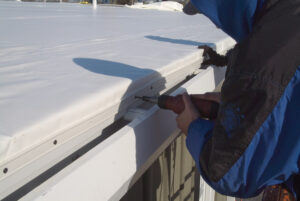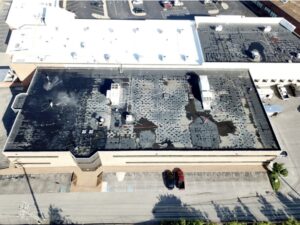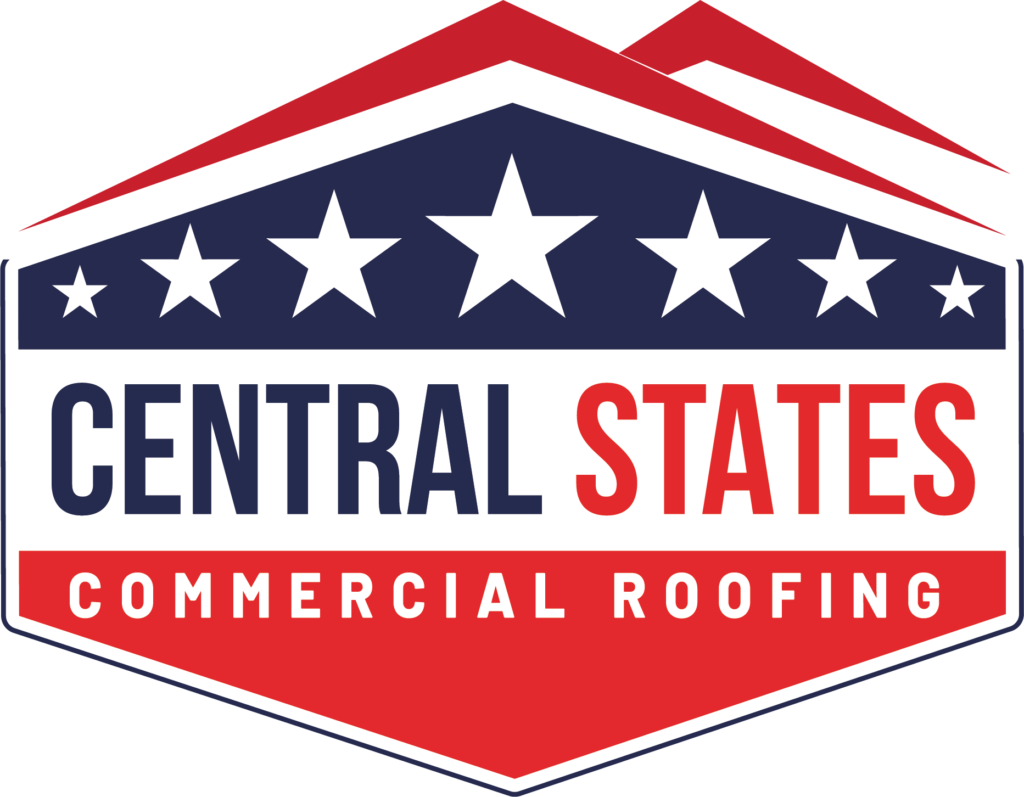When storms rage across the Buckeye State, they often leave behind more than just puddles and fallen leaves. We’re talking about the serious stuff—damaged roofs, broken windows, and soggy carpets. If you’re a property owner in Ohio, understanding your storm damage insurance rights is crucial. This guide is your handy map through the maze of storm damage insurance claims, shedding light on what you need to know to protect your investment and get your life back on track.
Understanding Your Insurance Policy
Navigating the world of insurance can feel like deciphering a foreign language. But don’t worry; we’re here to simplify things. In Ohio, a standard property insurance policy typically covers damage to your home’s structure and contents caused by storms like wind, hail, and tornadoes. However, not every type of storm damage might be covered. For example, flooding from heavy rains might not be included in your standard homeowner’s policy. It’s essential to read the fine print and understand the specifics of your coverage before the storm clouds gather.
Safety First
Before you start assessing the damage, make sure it’s safe to do so. Storms can leave behind hidden dangers like downed power lines or unstable structures. Your safety should always be the top priority. Once you’re sure it’s safe, you can begin to assess the damage and note what needs to be addressed. Remember, your insurance provider will expect you to take reasonable steps to protect your property from further damage once the storm has passed.
Deciphering Deductibles
The term “deductible” can often sound like an abstract concept, but in the world of insurance, it means money coming out of your pocket. Before your insurance kicks in, you’ll need to pay a deductible—the out-of-pocket amount you’re responsible for when filing a claim. Knowing your deductible amount beforehand can help you budget and prepare for any necessary expenses, making the claims process a bit smoother.
Coverage Specifics
Every insurance policy comes with its own set of rules and exceptions. While storm damage might be covered, some elements—like flooding—are often excluded from standard policies. It’s important to check if additional coverage, like flood insurance, is necessary for your location and circumstances. This proactive step can save you from unexpected surprises when filing a claim.
Avoiding the Negligence Trap
Insurance policies are designed to provide relief when unforeseen events occur, but they’re not a blank check for all situations. If you’re found negligent, such as failing to maintain your property or ignoring necessary repairs, your claim might be denied. Always keep up with regular maintenance and address known issues promptly to avoid the negligence trap.
The Power of Documentation
When it comes to filing an insurance claim, documentation is your best friend. Take clear photos of any damage and gather written estimates for repairs. This visual evidence, combined with detailed records, will strengthen your case and make it easier for your insurance company to process your claim efficiently. Remember, the more information you provide, the better your chances of a smooth resolution.
Roof Matching Law in Ohio
Here’s a tidbit that might surprise you—Ohio has a unique law regarding roof replacements. If your roof is damaged and the undamaged sections are too worn to match new materials, your insurance company is required to replace the entire roof. This prevents patchwork repairs that could diminish your property’s value and ensures a uniform appearance.
Responsibilities of Insurers
Insurance companies have responsibilities too. They’re obligated to provide the coverage detailed in their policies, communicate clearly when a claim is filed, and act in a fair and timely manner. If you feel your insurer isn’t upholding their part of the deal, don’t hesitate to speak up.
Wrapping Up Your Insurance Journey
Navigating storm damage insurance for commercial properties or residential homes in Ohio can seem daunting, but with the right knowledge, you can make informed decisions. For those needing storm damage restoration for commercial buildings in Ohio, consider reaching out to Central States Commercial Roofing. They offer expert assistance and guidance to help you restore your property efficiently.
In the end, understanding your storm damage insurance rights isn’t just about protecting your property—it’s about ensuring peace of mind when the weather takes an unexpected turn.






